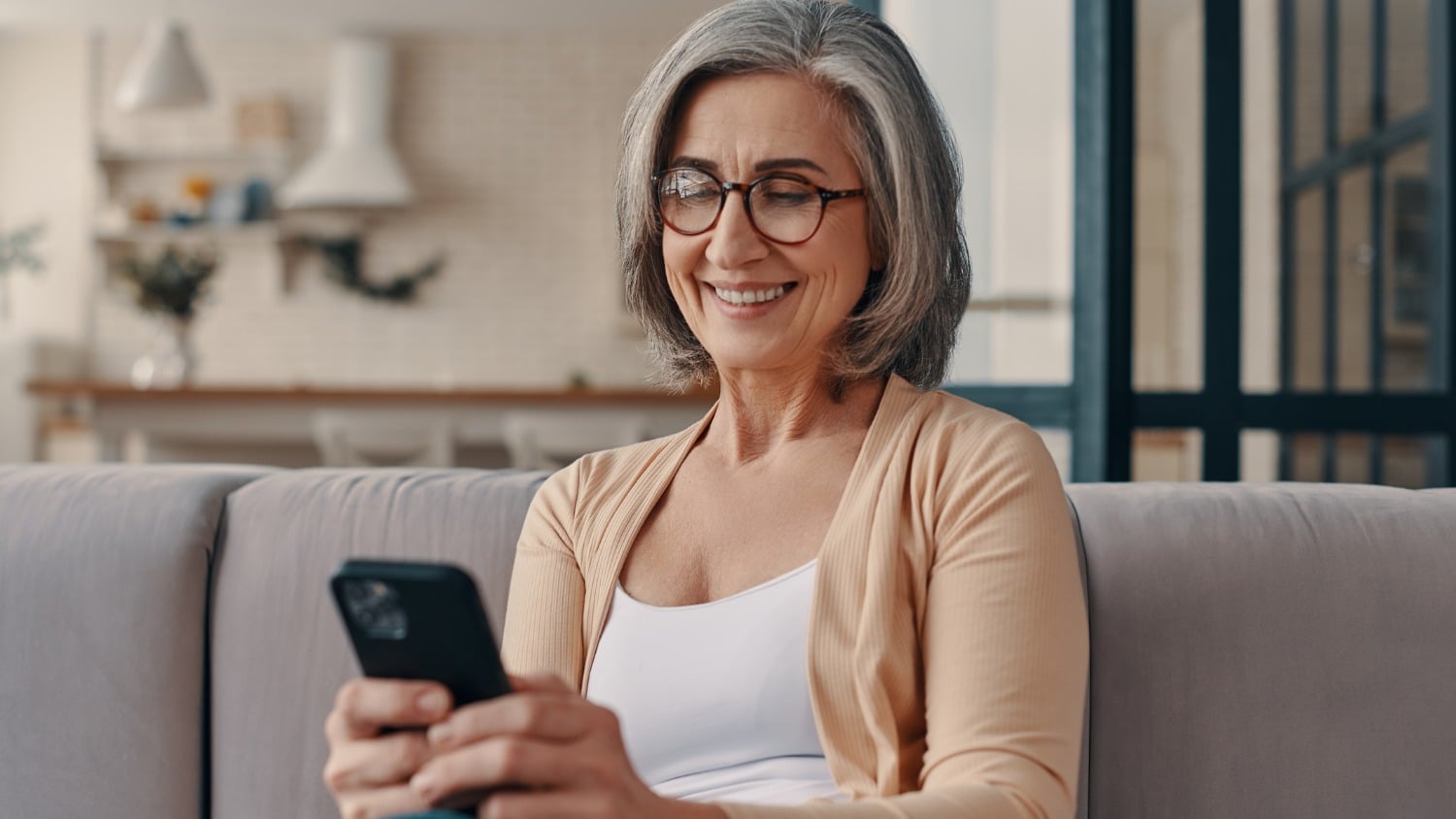
How a Sedentary Lifestyle Impacts Incontinence as We Get Older
The older we become, the harder it is for us to maintain and gain muscle. While some might just view this as not having the biceps or abdominals they used to possess, many do not realize that muscles deep in our bodies are also affected, specifically our pelvic muscles.
After the age of 50, especially for women, muscles in the pelvis begin to deteriorate due to a shift in hormones and connective tissues becoming debilitated. These muscles can also decrease in strength as they are extremely thin, and as they weaken, so does our ability to support our bladder.
These natural changes combined with long-time habits of holding in your bladder and a lack of exercise can cause incontinence to appear and increase in severity as we get older.
How Exercise Impacts Our Bladder
In addition to connective issues changing as we age, a lack of movement or living a sedentary lifestyle causes those tissues to stretch from the constant force of our bodies sitting down – increasing the urge to empty the bladder.
Additionally, living a predominantly inactive lifestyle leads to a rise in constipation, which creates a full abdomen – preventing the bladder from expanding fully and causing distress to those structures. This stretch in connective tissues, coupled with an increase in constipation, eventually causes incontinence to occur and worsen if no changes in activity are made.
What Exercises Can Help Ease Incontinence
It’s important to remember that any activity is better than no activity, and nothing too strenuous is needed to activate your muscles and strengthen your pelvic floor.
Some exercises can even be done in a chair while watching television or working at your desk, such as marching your feet, touching your ankles from side-to-side, rounding and straightening your back or just sitting on an exercise ball. Anything that can activate your core to work those thin pelvic muscles can help alleviate bladder concerns.
Other exercises that can be done include walking, yoga or resistance band training. Prioritizing stretches and practices that help increase hip, adductor/abductor and abdominal strength will be key to improving overall incontinence issues.
And when deciding on what exercises to begin with, remember it’s extremely important to listen to your body and do what feels best. Overexertion can lead to more complications down the road.
When to Seek Medical Advice
If unsure where to begin and what exercises to perform based on your physical capabilities and the severity of your bladder and pelvic floor concerns, the best steps to take are to seek a medical provider that specializes in pelvic floor care.
Pelvic floor care providers can work with you to find a pelvic floor therapist that is best suited to fit your needs and assist you in building and maintaining the muscles needed to help manage incontinence.
However, if you notice a shift in activity is not helping your bladder health and you are not able to complete daily tasks due to your constant urges to empty your bladder, then please seek medical assistance from a specialized medical provider.
Let’s Have a Conversation:
Are you an active person or are you rather sedentary? How often do you have the urge to empty your bladder? Have you noticed an increase in incontinence when you’ve been sedentary most of the day?
Tags Medical Conditions







I’ve learned that giving birth is a major cause of weakened pelvic floor and transverse abdominus muscles. My therapist actually hooks me up to an ultrasound on her computer so that she can see which muscles I am activating. She says even most physical therapists don’t use/teach strengthening the right muscles correctly. It’s very subtle initially. She says in some other countries physical therapy to strengthen these muscles is part of care after childbirth. These weak muscles can also do things like pull on hips, besides incontinence.
Thank you for this article. I think this is one issue women are so embarrassed about, they often don’t even share with our friends. I have started doing exercises, but I think I will reinvest in an exercise ball to help my core. Thanks again!
In my early to mid 60’s I began having issues with holding my , After a couple of years this issue became worse as I would stand and it was open the flood gates. So much tension and worrying out in public. I go through Depends like they are free .Approx. 4200.00 per month. Tomorrow I am going to the Dr. and inquiring about the IntraSlim. I hope to find some relief for this embarrassing problem. Wish me luck.
I went to a urologist who did a procedure called Bulkamid. It worked very well.
Best of luck with your doc visit.